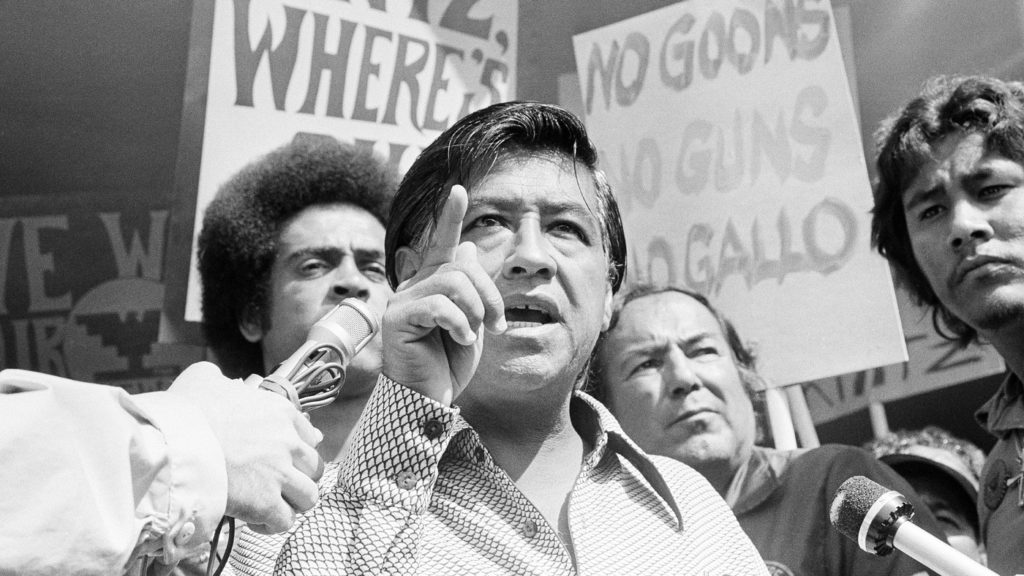Labor’s Moment of Truth

We have had a lot of conversations about why our liberal leaders are doing nothing. And they are indeed doing nothing. Schumer and Jeffries and Harris and Obama and Blue Slip Dick are completely 100% worthless in this moment. More minor but still in fact quite important is the labor movement. What are our labor leaders doing here? The only one speaking up is the open Trump Sean O’Brien of the Teamsters, who loves him some tranny bating and ethnic cleansing of immigrants. Now that’s unionism! Where the hell is the AFL-CIO? The federal workers unions have launched some lawsuits about the firings, but they are losing them.
Joseph McCartin, author of the book on the Reagan firing the air traffic controllers in 1981, has some useful thoughts here:
Today’s labor movement and its allies face a similar moment of truth. At stake in Trump’s attack on federal workers and unions is more than the fate of one federal agency’s workforce, as was the case in 1981. At stake now is more even than the fate of all federal workers, or of American workers’ rights in the public or the private sector. At stake now is the very character of our government and the norms of democratic governance that have been constructed over decades. At stake now is whether we will have any labor movement at all to speak of ten years from now.
On February 19, I joined a rally organized by the Federal Unionists Network (FUN) outside the headquarters of the U.S. Department of Health and Human Services as part of a national day of action. FUN—a grassroots network that includes union members from multiple unions across the federal service and around the country—is one of the most inspiring efforts to emerge over recent weeks. There were a thousand spirited protesters on hand, and they were clearly frustrated with Democratic leaders. When Democratic Senator Chris Van Hollen told the rallygoers that he stood in solidarity with them, they interrupted him with cries of “Shut down the Senate!” When he concluded his remarks, they chanted “Do something!” I added my voice to their chant but, as I left, I was haunted by the recollection of many such gatherings that popped up in support of PATCO forty-four years ago to no avail.
As happened in 1981, today’s labor movement thus far appears unsure of how to respond to an emergency situation. In many ways, this is quite understandable. Few could have anticipated how fast this crisis would emerge and how dangerous it would quickly become. To this point labor is doing the things that are in its comfort zone: filing lawsuits, sponsoring rallies, and launching initiatives like the AFL-CIO’s “Department of People Who Work for a Living” to counter DOGE.
But labor and its allies can and must do much more. The conditions that inhibited unions in 1981 don’t exist now. Unions are riding a wave of popularity they have not seen since the days when Reagan was a Democrat. Unlike Reagan, Trump was not elected by a landslide, nor is he broadly popular. The public has none of the animosity toward federal workers today that many felt toward PATCO members, whom many saw as arrogant. While the public blamed controllers for flight delays, those whose federal contracts, grants, and services are being sacrificed amid these cutbacks have only Trump and Musk, a multi-billionaire who cares more about occupying Mars than addressing the concerns of everyday Americans, to blame. Public opinion is not clamoring for the complete dismantling of our government that is now underway. Perhaps most important, this time it is the president, not the workers he is targeting, who is breaking the law, and early public opinion polls reflect this realization.
These circumstances give labor and its allies, including non-federal workers, permission to escalate their tactics in a fight that must be waged not only for the future of the movement but for that of the nation as well. The context of this fight makes escalation possible; the enormous stakes make escalation necessary. What we are currently doing is simply not enough. Any escalation should of course be framed in ways that broaden support for the struggle to save our government and its workers from Musk’s chainsaw. But this is no time for sticking to our comfort zones.
As a rule, I hate general strike rhetoric. It’s the leftist version of “politics without politics.” People who talk about the general strike–and they are so common–seem to forget that to get your naturally generated general strike, all the Trump voters have to strike too and so does your asshole coworkers who you hate and your racist uncle at Thanksgiving. But where we have seen general strikes, to the extent that we have seen them in this country, is not some anarchist fantasy but rather starting within established labor unions. Having a one day shutdown of all union work in the country might be a good place to start–especially at the airlines. There’s a lot more labor can do. So far it hasn’t done anything.


